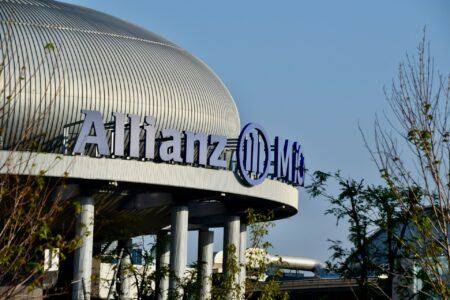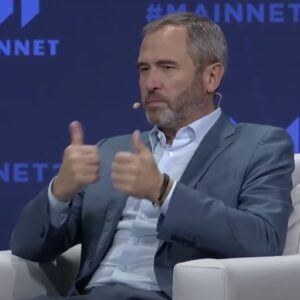This article provides a quick overview of how the crypto markets have been doing—with the focus on Bitcoin (BTC), Ether (ETH), Cardano (ADA), Unus Sed Leo (LEO), and Ethereum Classic (ETC)—over the past 24-hour period.
To give you a rough idea of how things are going today, 15 out of the top 20 cryptoassets (by market cap) are currently in the red (against the dollar).
All market data used in this article was taken around 07:50 UTC on 6 October 2019 from CryptoCompare, which also generated the price charts shown in this article.
Bitcoin (BTC)

It hasn’t been a good weekend so far for Bitcoin. It was trading around $8155 at 00:00 on October 5, and as you can see in the 24-hour price chart above, at press time, it is trading at $8,017, down 1.73% in the past 24-hour period. By 07:00 UTC on October 6, the Bitcoin price had dipped below $8,000; the last time the BTC price was below $8K was back on September 30, as you can see in the two-week price chart shown below:

xxx
Ether (ETH)

Ether’s price has been relatively stable during October. It started the month at $179.35 and it is currently trading at $174.24, i.e. it has dropped only 2.84% this month.
What Ethereum fans are excited about even more than the Ether price returning to above $180 (where it was at one point on October 3) are exciting announcements from the upcoming Devcon conference, which is being held this year October 8–11 in Osaka, Japan.
On October 4, during the Ethereum Core Devs Meeting (#72), the recent problems with the Ropsten test network for the Istanbul hard work was discussed.
After the meeting, Tim Beiko, Product Manager for Pantheon, PegaSys’s enterprise-focused Ethereum client, summarized what was said about Ropsten with the following two tweets:
In short, Ropsten had a large miner on the pre-Istanbul fork, causing a large network split, where Constantinople still was the heaviest chain. This made it hard for nodes on the network to find post-Istanbul peers.
— Tim Beiko (@TimBeiko) October 4, 2019
As a fix, people using Ropsten can use geth's –whitelist flag to find peers running the Istanbul upgrade. Full command posted here: https://t.co/l4q1sQqH0V
— Tim Beiko (@TimBeiko) October 4, 2019
Cardano (ADA)

ADA started this month at $0.03905, and currently it is trading at $0.03962, which means that it is up 1.45% in the month-to-date.
On October 3, Charles Hoskinson, the CEO of IOHK, broadcast a short video (from Vancouver, Canada) on Periscope to answer “the shoe question”, i.e. to say whether or not he needed to eat his shoe.
What this refers to is a statement Hoskinson made during an Ask Me Anything (AMA) session on April 25 about the Shelley mainnet release:
Shelley will happen this year… I will eat my own shoe, if it does not.
Hoskinson explained that since the incentivized testnet for Shelley was launched this year (in late September), he did not need to actually eat his shoe, but as a compromise measure, he agreed to eat a shoe-shaped cake.
Unus Sed Leo (LEO)

Selling pressure on Bitfinex’s exchange token continues. The past few weeks have not be kind to LEO, which was trading as high as $1.122 on September 18, as can be seen in the one-month price chart shown below:

That means LEO has lost over 11% of its value since then.
What is significant about today, though, is that between 07:00 UTC and 07:10 UTC, the LEO price dropped below $1.00 for the first since the private placement that took place in April.
Ethereum Classic (ETC)

This year’s Ethereum Classic Summit was held October 3–4 in Vancouver, BC, Canada. On the first day of the conference, Afri Schoedon (a former Ethereum core developer), launched thereum Classic’s sixth testnet: Mordor. During his presentation, Schoedon said that the goal of this project was to replace the old Morden testnet.
Featured Image Credit: Photo via Pixabay.com








